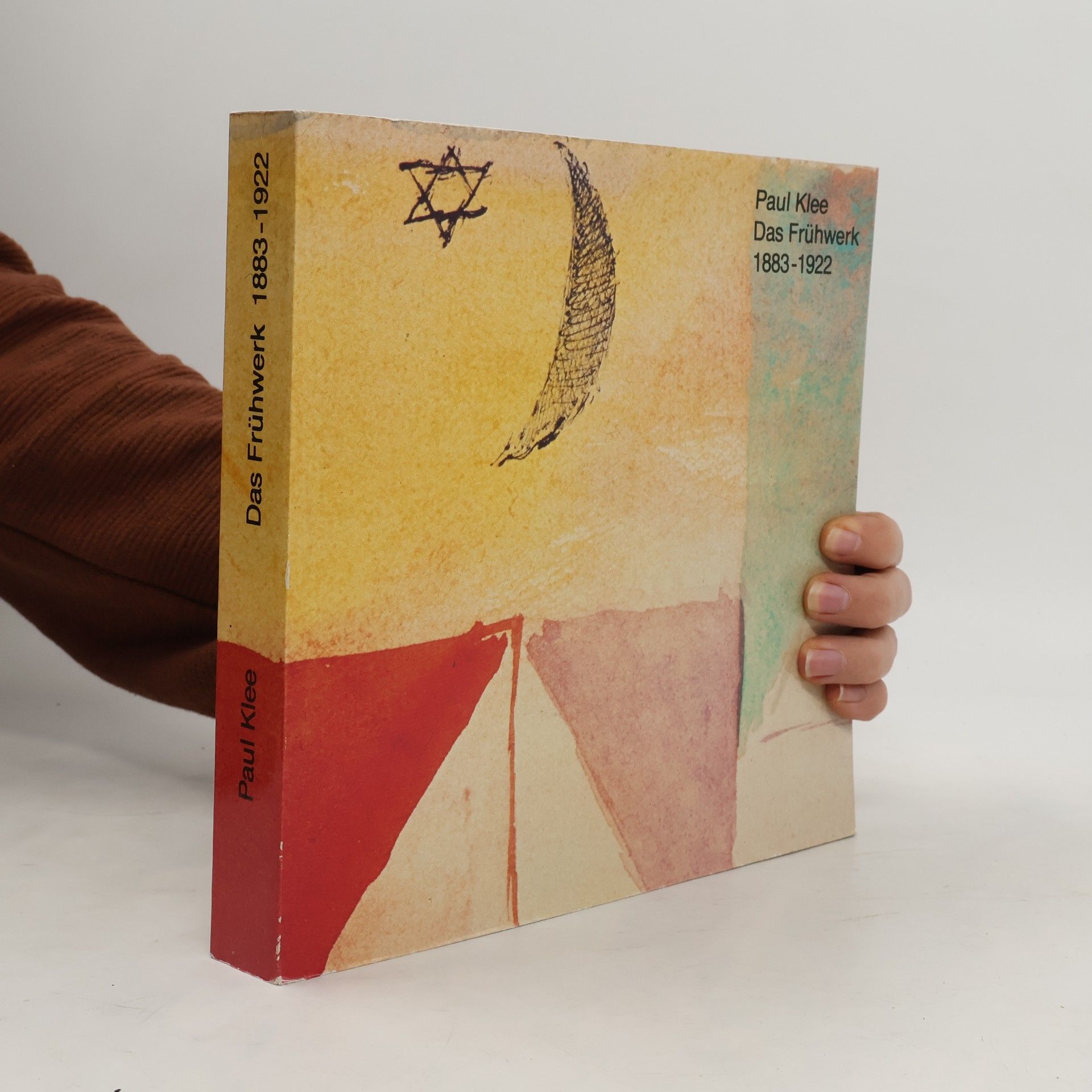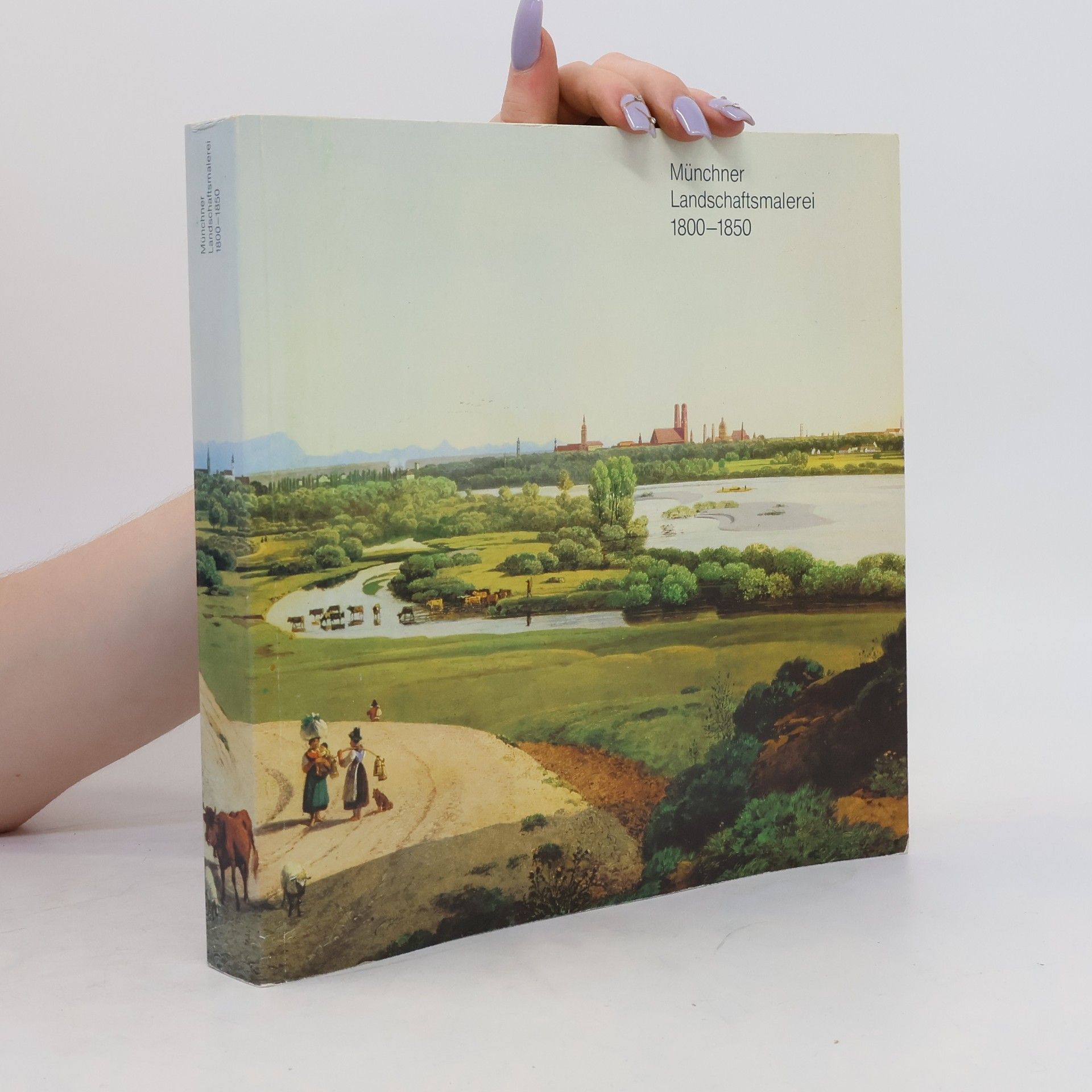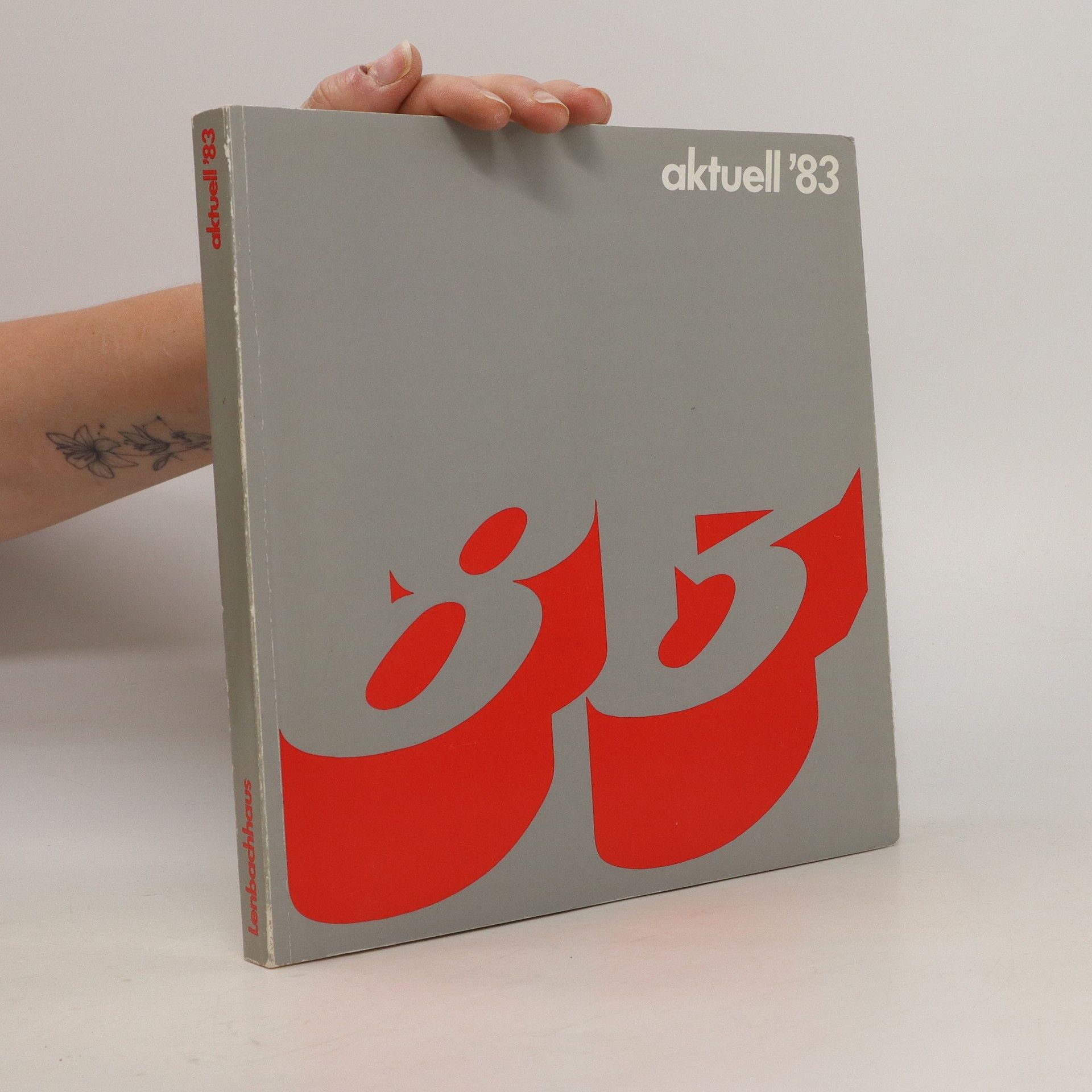One of the world's most revered visual artists, Gerhard Richter embraces many concepts in his work and continually thwarts categorization. In this expansive and authoritative overview, Armin Zweite leads readers through every phase of Richter's celebrated career including his early artistic education in East Germany and his later prolific output in West Germany: the black and white photo paintings, the brilliantly conceived color charts and lush, inscrutable gray paintings, installations with glass and mirrors, his landscapes, portraits, and still lifes, and his monumental abstract paintings, which broke records at auction. Also included are selections from Richter's larger-scale thematic works, such as Atlas, his ongoing collection of photographs and newspaper clippings, and October 18, 1977, a series of paintings commemorating the lives and deaths of members of a German left-wing terrorist group. The beautiful plates sections feature exquisite reproductions of more than 250 of his most famous works, including Ten Large Color-Charts (1966), Annunciation after Titian (1973), Faust (1980), Skull with Candle (1983), Funeral (1988), Strip (2012), and Double Gray (2014). Throughout, Zweite's clear-eyed commentary offers an expert appraisal of the breadth of Richter's oeuvre. This six-decade monograph of Richter's work is a visually stunning and articulate appreciation by one of the world's foremost experts on the artist and his life
Armin Zweite Livres
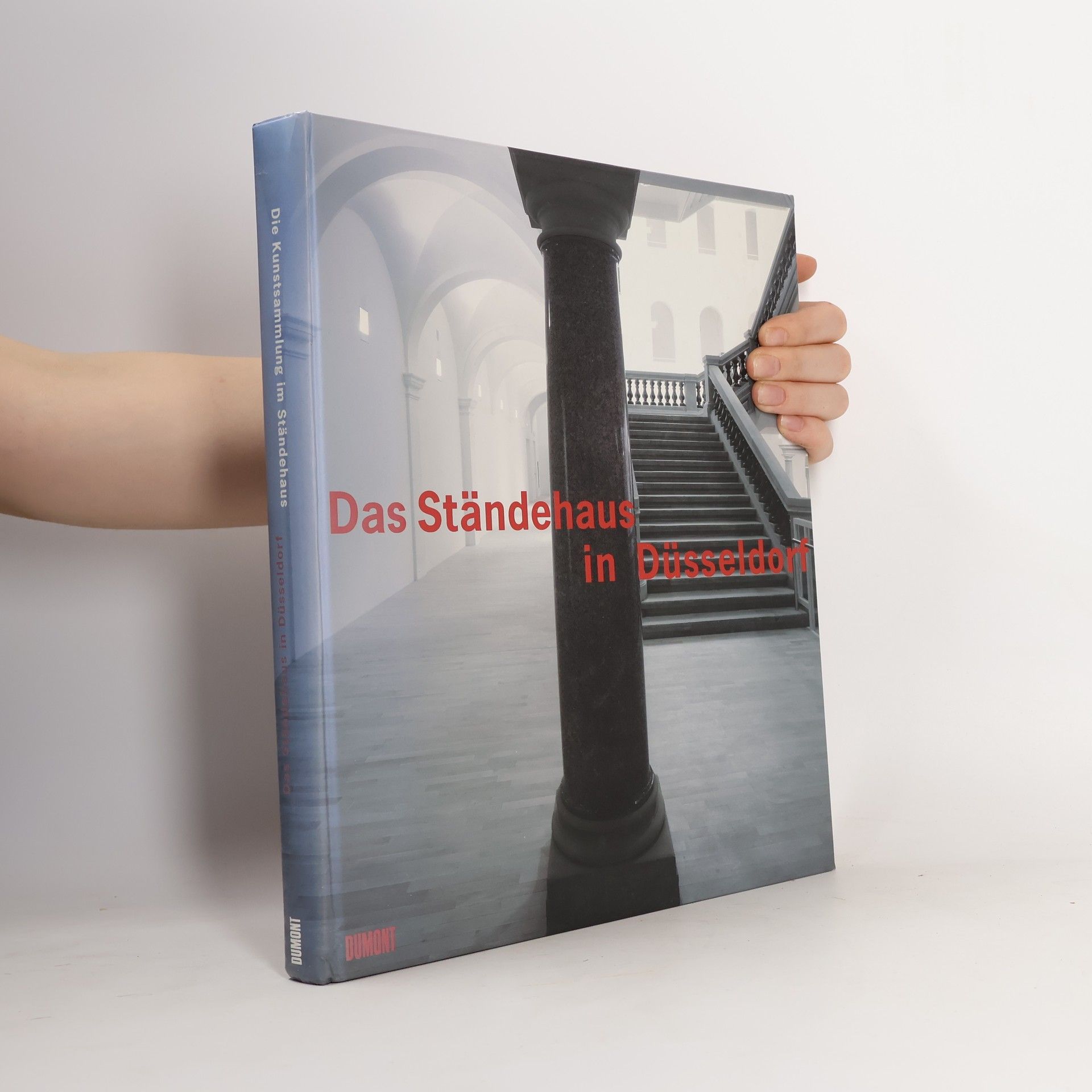
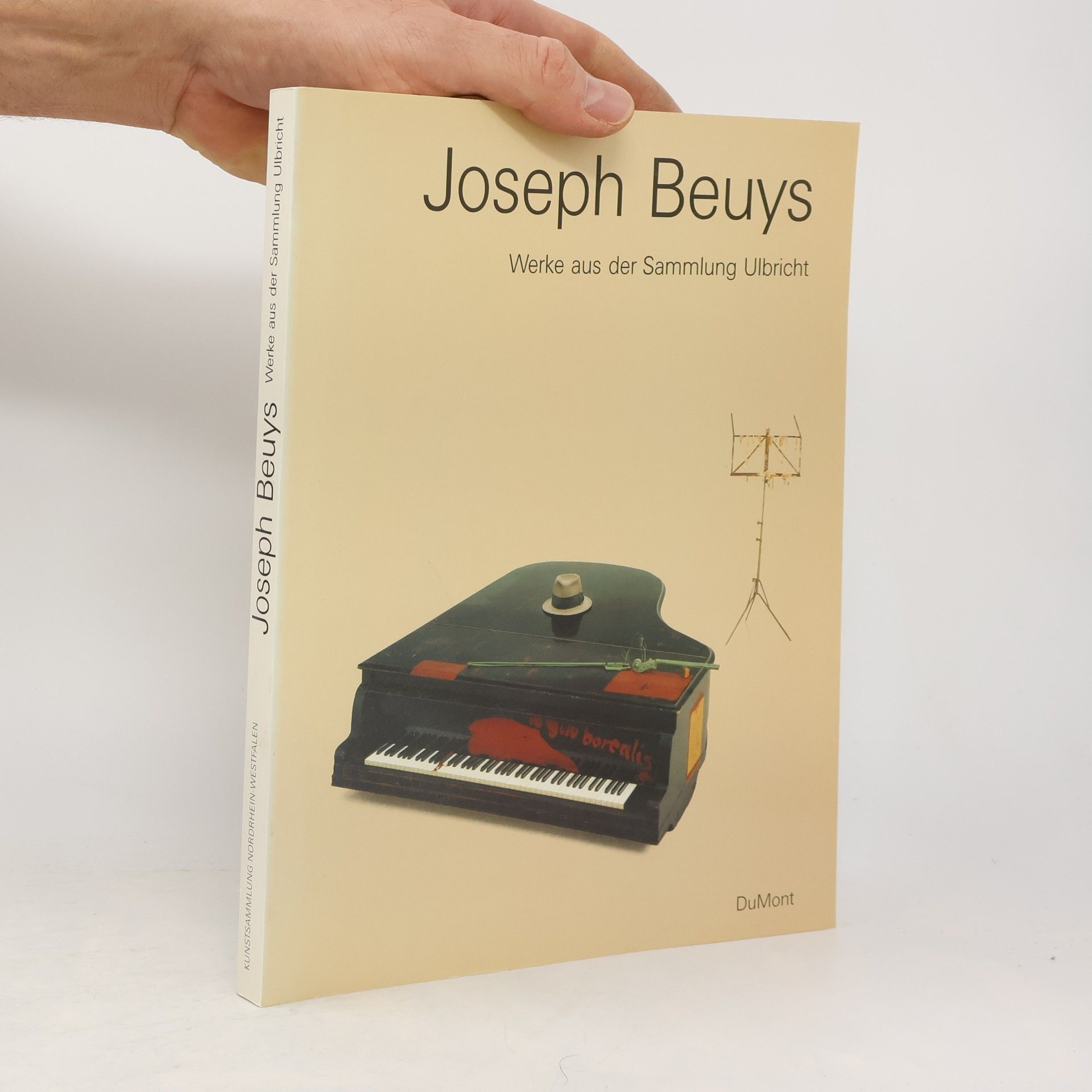
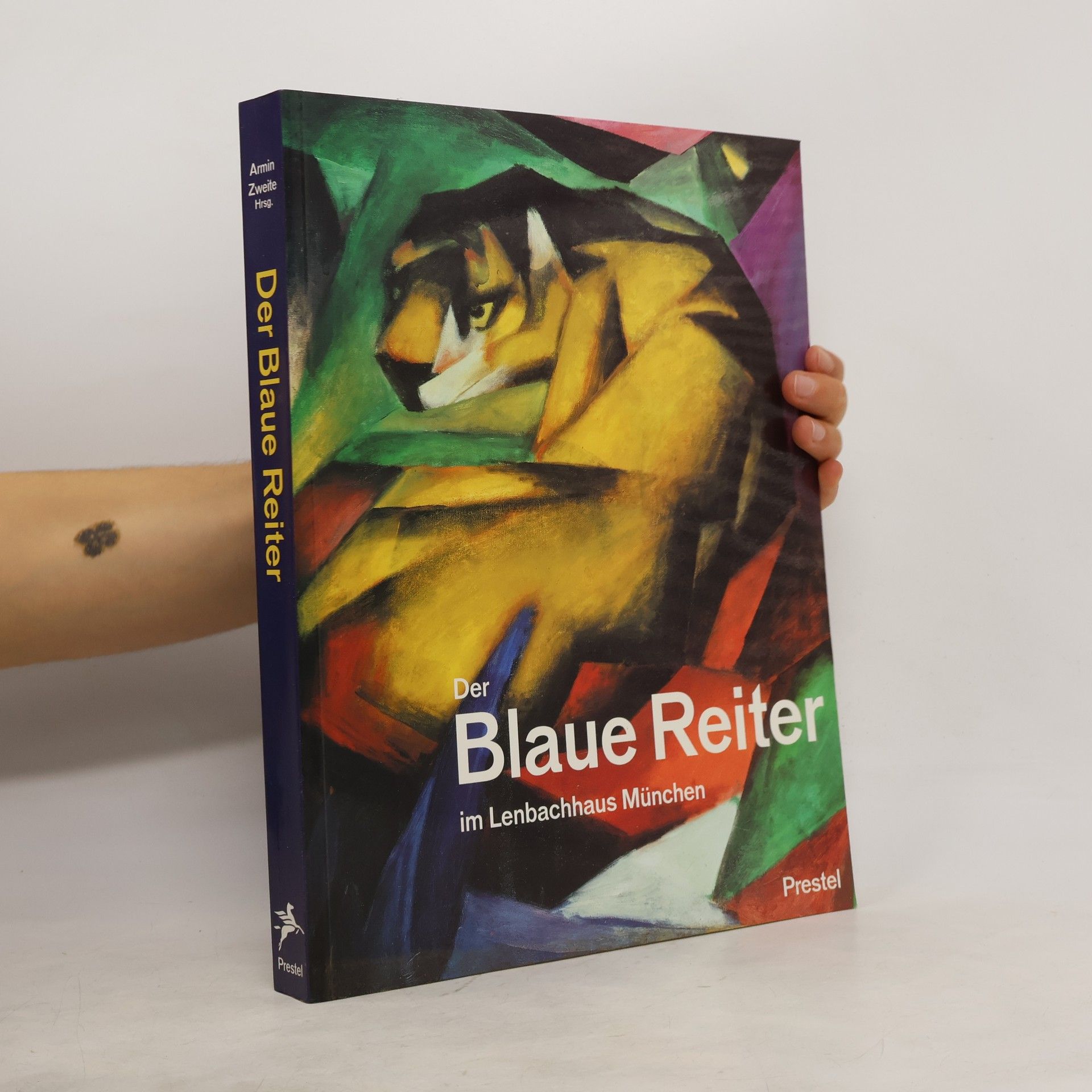

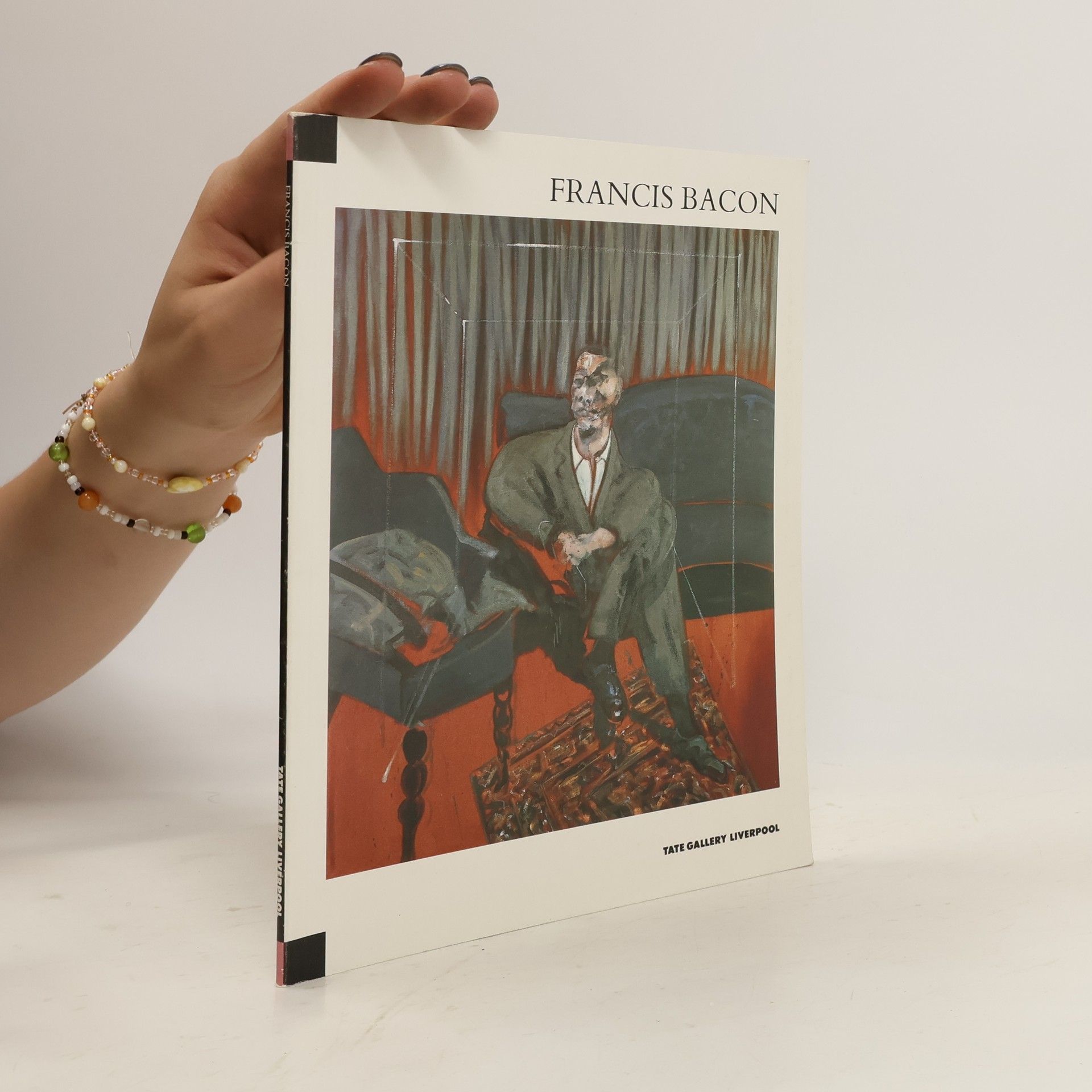
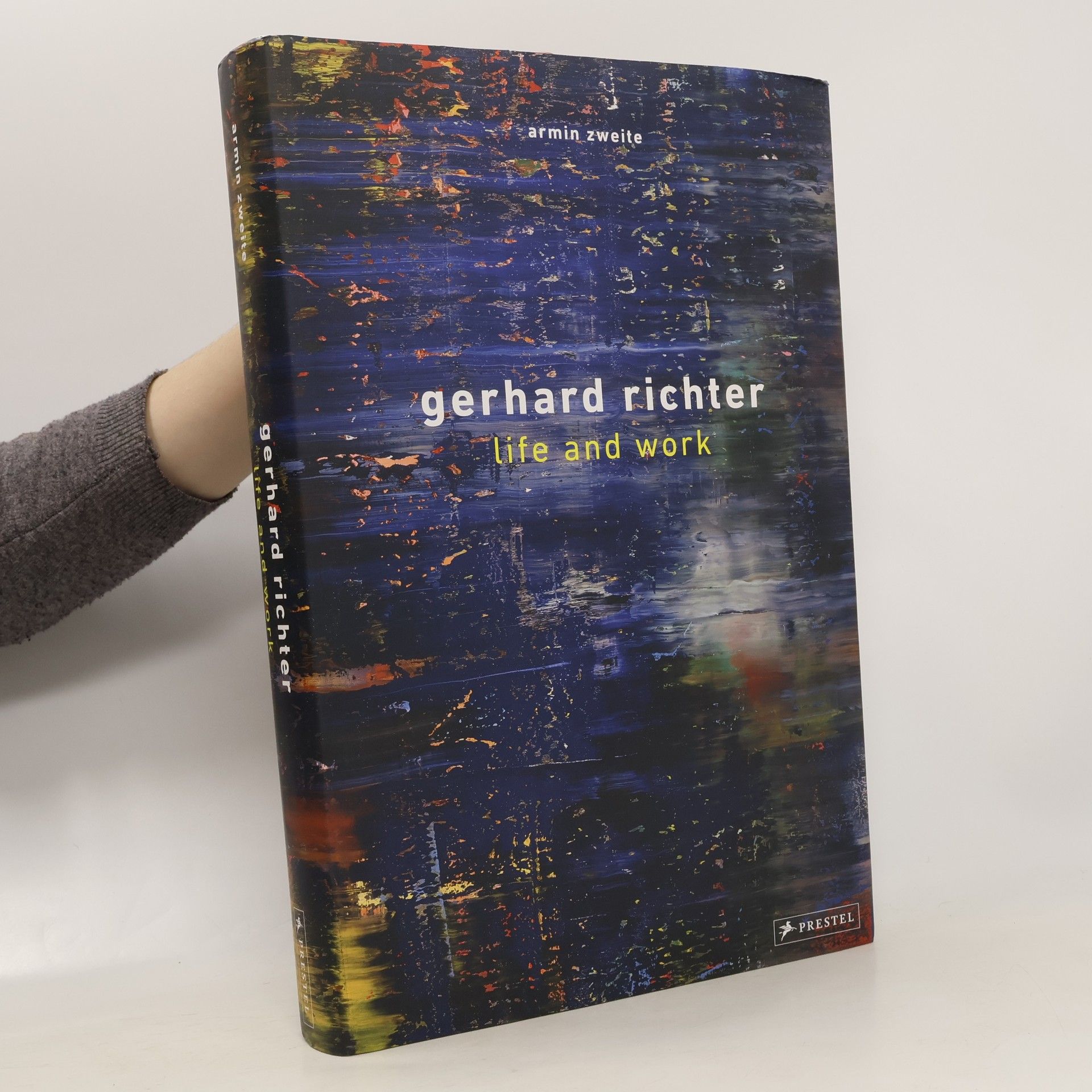
Francis Bacon
- 28pages
- 1 heure de lecture
Staple-bound paperback, published for the exhibition at the Tate, 22 May - 18 August 1985. Three or four minor marks on covers. Content is clear on clean pages. TS
Sean Scully's large-scale canvases carry on the rich legacy of postwar American abstract painting in an age when much of the critical focus has turned to subject-driven art. Using a deliberately restricted vocabulary of lines or bands of color that allude to architectural elements such as portals, windows, and walls, Scully, an Irish-born, English-trained, naturalized American, has generated a significant, vibrant, and compelling body of work that is widely collected and internationally exhibited. Sean Scully: Twenty Years, 1976-1995 traces the evolution of his art through paintings and related works on paper spanning this important period of contemporary art, a time wherein Scully evolved from a painter whose work was severely hard-edge and minimal, to one whose bravura handling of paint and command of resonant color take nonrepresentational painting towards a decidedly humanistic end
Hrsg. u. Einf. von Zweite, Armin Bildkommentare von Hoberg, Annegret Zahlr. meist farb. Abb. 288 S.
Die Sammlung Joseph Beuys basiert auf der persönlichen Sammlung des Medizinhistorikers Prof. Dr. Dr. Axel Hinrich Murken, der sich seit den frühen 1970er Jahren intensiv mit dem Werk von Joseph Beuys auseinandersetzte. Diese Freundschaft führte zur Herausgabe des Buches „Beuys + die Medizin“ im Jahr 1979. Murken sammelte über die Jahre Originalobjekte, Zeichnungen, Multiples, Grafiken und mehr von Beuys, wobei gemeinsame Themen wie die Heilkräfte der Kunst und Schmerzforschung im Mittelpunkt standen. Im Museum Wiesbaden umfasst das Konvolut „Joseph Beuys“ etwa 150 Positionen, darunter zahlreiche empfindliche Schriftstücke und Handzeichnungen, die nicht dauerhaft ausgestellt werden können. Daher sind nur rund 50 Objekte in der Präsentation zu sehen. Eine umfassende begleitende Publikation enthält ein Werkverzeichnis aller Objekte sowie einen einleitenden Text von Jörg Daur und sechs Aufsätze von Murken aus den Jahren 1972–2008. Diese Texte dokumentieren die fruchtbare Auseinandersetzung und persönliche Beziehung zwischen Murken und Beuys. Ein Typoskript eines Gesprächs aus dem Jahr 1973 mit handschriftlichen Kommentaren von Beuys ergänzt die Publikation.
